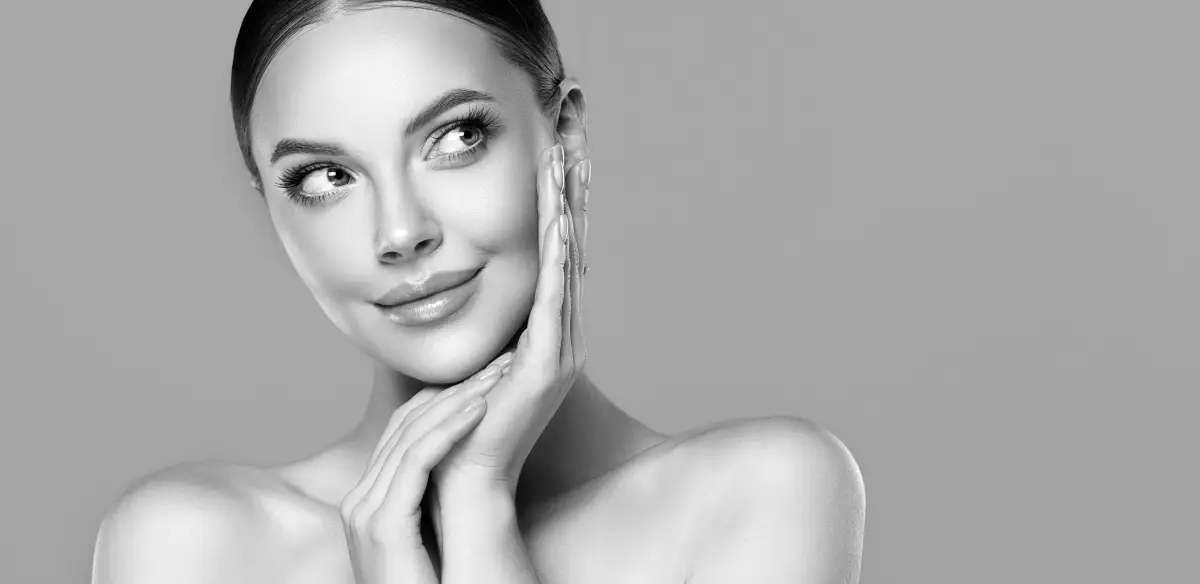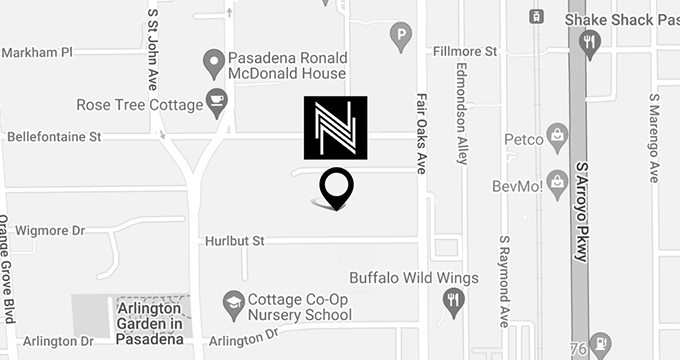
In the past, Botox was viewed almost exclusively as a way to smooth wrinkles that had already set in. Today, a new conversation is emerging: younger adults in their 20s are choosing Botox not as a fix, but as a shield against future lines. This cultural shift raises deeper questions about how we define aging, self-care, and the balance between prevention and over-medicalization of beauty.
What Exactly Is Preventative Botox?
Preventative Botox is not about changing the way you look today—it’s about slowing down the way your skin changes over time. Instead of waiting for deep wrinkles to appear, small doses are placed in areas where lines are most likely to form from repeated expressions, like frowning or squinting. What makes this approach unique is that it shifts Botox from a corrective treatment to a proactive choice. It’s less about “freezing” the face and more about training facial muscles to relax before creases become permanent. This idea, sometimes called “prejuvenation,” challenges the traditional belief that anti-aging treatments should only begin once signs of aging are visible.
Should You Start Botox in Your 20s?
Starting Botox in your 20s is less about chasing perfection and more about understanding how your unique facial habits shape your skin’s future. Some people naturally frown, smile, or squint more often, which can lead to early fine lines, while others may not notice changes until much later. Choosing Botox at this age depends on personal risk factors like genetics, lifestyle, and even stress levels. It isn’t simply a matter of “you’re too young” or “you must start early.” Instead, it’s a decision that requires awareness of how prevention fits into your long-term goals for aging, rather than a quick fix to achieve certain beauty standards.
The Benefits of Starting Botox Early
- Slows Wrinkle Formation Naturally
Starting Botox early allows small, strategic doses to relax facial muscles before lines become permanent. By softening repeated expressions, it changes the way wrinkles develop over time rather than simply erasing them later. This preventative approach can result in a smoother, more even skin texture as you age, reducing the need for more involved procedures in your 30s or 40s. - Maintains a Natural, Expressive Look
Younger patients often opt for “baby Botox,” which uses micro-doses to subtly reduce muscle movement. This preserves natural facial expressions while softening lines, avoiding the stiff or frozen appearance sometimes associated with older patients who start Botox after deep wrinkles have set in. - Encourages a Mindful Skincare Routine
Beginning Botox early often motivates people to adopt complementary habits, like regular moisturizing, sun protection, and gentle facial exercises. These lifestyle changes can amplify the preventative effects of Botox and contribute to long-term skin health. - Potentially Reduces Future Costs
Smaller, spaced-out doses in your 20s may reduce the need for more intensive, higher-dose treatments later. This proactive strategy spreads the investment over time, which can be more manageable financially than “catching up” on years of accumulated lines. - Addresses Subtle Functional Benefits
Botox isn’t purely cosmetic; it can relieve tension headaches, jaw clenching, or subtle brow strain. Early treatments may provide relief for these conditions before they become more chronic or noticeable. - Supports Long-Term Prejuvenation Strategies
When combined with proper skincare and lifestyle choices, early Botox becomes part of a broader “prejuvenation” plan, helping the skin age gracefully. It reinforces the idea that small, consistent interventions can have meaningful, lasting effects on appearance and confidence.
The Risks of Early Botox Use
While starting Botox in your 20s can offer preventative benefits, it’s not without potential risks that are often overlooked. One concern is overuse—frequent treatments at a young age can lead to reliance on injections, potentially weakening muscles over time. There’s also the possibility of subtle asymmetry if injections aren’t precisely placed, which can be more noticeable on smoother, youthful skin. Younger patients may underestimate that Botox is still a medical procedure, carrying rare side effects like bruising, temporary drooping, or mild headaches. Additionally, early use can create unrealistic expectations about aging, fostering the belief that appearance can be completely controlled rather than naturally evolving.
Who Is a Good Candidate for Preventative Botox?
A good candidate for preventative Botox is someone who is proactive about their skin and understands their unique facial movement patterns. This often includes individuals in their mid-20s to early 30s who notice early signs of expression lines, or who have a family history of deep wrinkles. Candidates should have realistic expectations, valuing subtle, natural-looking results over dramatic changes. Lifestyle factors like sun exposure, stress, and sleep habits also play a role in determining suitability. Those with certain medical conditions or sensitivities to any botulinum toxin may need to avoid treatment. Ultimately, the best candidates are individuals seeking a thoughtful, long-term approach to aging gracefully.
Key Takeaways: Making an Informed Decision
- Understand Your Goals – Before starting Botox, clarify whether your priority is subtle prevention, addressing early lines, or both. Knowing your goals helps guide dosage and technique for natural results.
- Timing Matters – The ideal age for preventative Botox varies by individual. Observing your facial expressions, genetics, and lifestyle factors can help determine when to start rather than relying solely on age.
- Prioritize Expertise – Choosing a skilled, board-certified provider ensures precise injections, minimizing risks like asymmetry or overuse while optimizing natural-looking results.
- Consider Long-Term Strategy – Early Botox works best as part of a holistic approach, including skincare, sun protection, and healthy habits, rather than as a standalone solution.
- Be Realistic About Expectations – Preventative Botox softens lines but doesn’t stop aging entirely. Embracing subtle changes while enhancing confidence can lead to a healthier relationship with appearance over time.
- Monitor and Adjust – Starting early allows flexibility in dosing over time. Treatments can be adapted to changing skin needs, maintaining balance between prevention and natural expression.
Conclusion
Preventative Botox offers a thoughtful, proactive approach to aging gracefully, helping soften early lines and maintain a natural, youthful appearance. While starting in your 20s isn’t necessary for everyone, understanding the benefits, risks, and proper timing can empower you to make an informed decision about your long-term skincare strategy. Choosing an experienced, board-certified provider ensures treatments are safe, subtle, and tailored to your unique facial features. If you’re curious about whether preventative Botox is right for you, visit Dr. Nima Plastic Surgery or call (626) 696-8181 to schedule a personalized consultation and explore your options with a trusted expert.


